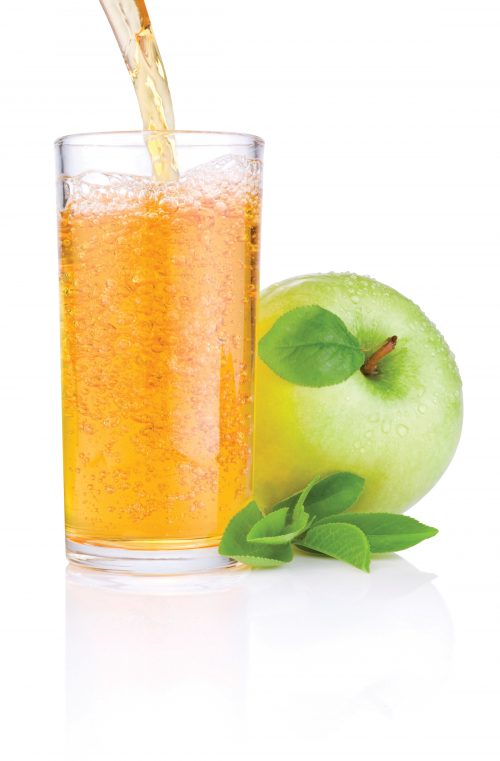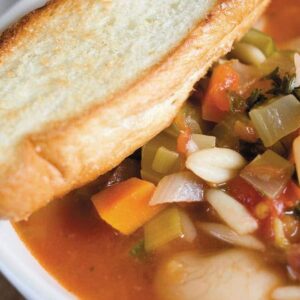
Cider has a long history in the UK, France and Spain but in New Zealand drinking cider is still new to many of us.
What is cider?
Cider is a fermented alcoholic drink, or wine, traditionally made from cider apples. There is a wide range of different cider apple varieties which are different from eating apples, being too tart to eat. In New Zealand most cider apples are grown in small orchards. Peckham’s, of Upper Moutere outside of Nelson, has a large collection of cider apples with around 6000 trees and 20 different cider apple varieties.
Flavoured ciders commonly have an apple cider base combined with fruit wine or juice, such as boysenberry or blackcurrant.
Perry is a cider made from pear juice with up to 25 per cent apple juice.
Cheaper cider can be produced using fruit concentrates or juices with added sugars and even colours and flavours. These are not dissimilar to the ready-to-drink alcopops (RTDs) popular with younger adults. The growing availability of drier and more traditionally authentic craft cider is probably responsible for ciders becoming more popular.
Brewing cider
The type of cider produced will reflect the nature of the fruit juice used. This may be cider apples, as used in Peckham’s ciders, and Zeffer’s Slack Ma Girdle cider (named after an apple variety). Other brewers use eating apples, such as Old Mout cider where Braeburn apples make up 65 per cent of their apple blend, which will produce a sweeter cider. And some producers are said to use a fruit syrup concentrate which they then add water to. We can’t tell you who does this as they don’t brag about it. Monteith’s specifically inform us they do not use concentrate in their cider, they use 100 per cent apple juice.
Yeast is added to the juice to begin fermentation of the sugars. For craft brewers, it’s a matter of pride that fermentation is from the naturally-occurring sugars in the juice. Maturation time varies with each producer, but could be several months or even years.
A more efficient and cheaper way to produce cider involves adding sugar to juice or concentrate to make an apple wine. This high-alcohol apple wine is then diluted with water (to reduce it to a lower alcohol content) and sugar and acid are then added to improve palatability. In this method most of the alcohol is produced from the added sugars.
Alcohol content
As with all alcoholic drinks ciders must display their percentage of alcohol by volume (%ABV). Our wines tend to be around 12-14%ABV but ciders are more akin to beer: we found a range from 4-6.6%ABV, with most between 5-6%ABV.
Alcoholic drinks must also tell us how many ‘standard drinks’ the bottle contains. Standard drinks are the amount of the drink that contains 10g alcohol. A 500ml bottle of cider at 5%ABV contains two standard drinks. Women are advised to have no more than two standard drinks each day (three for men) and no more than 10 in a week (15 for men).
How many kilojoules?
Producers are not required to display the energy content of alcoholic drinks so we are not always conscious of the kilojoules they contain. In future this information may be required, but in the meantime we could check our favourite drinks and make a bit of an estimate. Alcohol is very high in energy, and provides 29kJ per gram. That means at 5%ABV, every 100ml provides 145kJ and 330ml provides 480kJ. But that’s only from the alcohol.
Watch the sugar
In ciders the other contributor to energy is the carbohydrate content, which is largely sugar, providing 17kJ per gram. This is more difficult to estimate as usually we’re not told the carbohydrate content. So let’s just say for a traditional dry cider such as Peckham’s or Zeffer, it may be only two per cent carbohydrates. That only adds around 110kJ in a 330ml bottle.
Slightly sweeter brews such as Monteith’s and Mac’s apple ciders with five to 5.5 per cent carbs which adds 280-310kJ per 330ml bottle. At the higher end, very sweet ciders may have around 12 per cent carbohydrates, adding 670kJ per 330ml. Remember: this is in addition to the alcohol content.
So for a cider with 5%ABV, at the lower end you could have a 330ml bottle of dry cider providing 590kJ and at the upper end a sweet cider with 1120kJ in the same amount.
Sulphites and sorbitol
Most ciders contain sulphite preservatives which some people are sensitive to (see Ask the experts: Sulphites). These do not need to be declared on the label if the added sulphites are at a concentration below a specified level.
For people on a low-FODMAP diet aiming to limit their intakes of sorbitol, be aware that cider is likely to contain sorbitol and pear cider will have higher amounts. Sorbitol is a sugar alcohol naturally found in many stone fruits including apples and pears.
How to popular ciders compare?
Kingston Original Cider
100ml $6.99, $1.40 per 100ml; 5% ABV, kJ not available
Another traditional cider with a milder apple flavour and slightly sweeter than Peckham’s while still drier than many.
Peckham’s Traditional English Cider
500ml $7.80, $1.56 per 100ml; 5.6% ABV, kJ not available
A traditionally dry English-style cider with nice apple aroma and mild effervescence.
Rekorderlig premium apple cider
500ml $6.49, $1.30 per 100ml; 4.5%ABV, kJ not available
This cider (from Sweden) is very sweet with a very mild apple fragrance.
Monteith’s Crushed Apple Cider
4 x 330ml $13.99, $1.06 per 100ml; 4.5%ABV, 627kJ per 330ml (from website)
Subtle apple flavour and not overly sweet.
Isaac’s Cider
6 x 330ml $16.99, 86 cents per 100ml; 5%ABV, 657kJ per 330ml (from website)
A semi-sweet cider.
Old Mout Cider — Boysencider
1.25L $9.99, 80 cents per 100ml; 5.8%ABV, kJ not available
Like a very sweet alcoholic cordial, but would make a refreshing drink mixed 50/50 with soda water.
Cider vs other drinks
| DRINK | AMOUNT | STANDARD DRINKS |
ENERGY* |
| Cider (5%ABV) dry eg. Peckham’s Traditional English | 330ml | 1.3 | 590kJ |
| Cider (5%ABV) medium eg. Isaac’s | 330ml | 1.3 | 650kJ |
| Cider (5%ABV) sweet, eg. Old Mout Cider Boysencider | 330ml | 1.3 | 1120kJ |
| Wine (12%ABV) | 150ml | 1.8 | 540kJ |
| Beer (5%ABV) | 330ml | 1.3 | 510kJ |
*Cider energy (kJ) estimated
www.healthyfood.com










